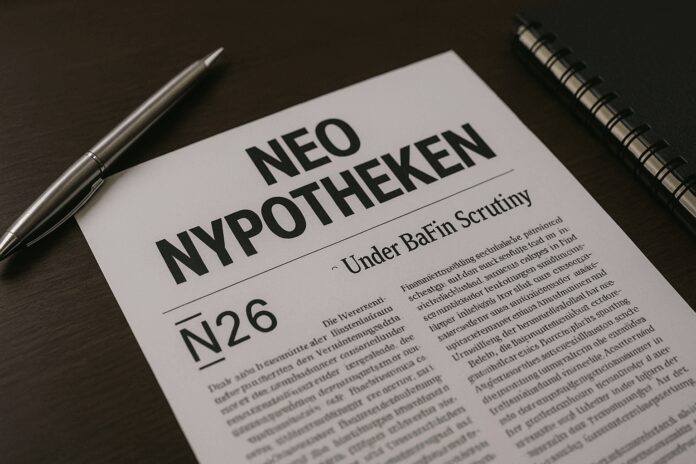A sandbox play turns into a sandboxing—just as N26 eyes its €400M Series F.
1. The Dutch Dream—Now Under Review
When N26 launched its Dutch mortgage subsidiary Neo Hypotheken in early 2023, the setup seemed ideal: a fully digital, paperless mortgage experience in a market where roughly 50% of loans are backed by the Nationale Hypotheek Garantie (NHG).
By mid-2025, Neo had reportedly issued over €1 billion in home loans. But recent reporting from Manager Magazin revealed that German financial regulator BaFin has launched a deeper investigation into the unit’s risk models, documentation, and capital treatment.
2. What BaFin Found—and Why It Matters
Neo had structured its risk management according to Dutch regulations (TRHK & AFM). But BaFin argues that because Neo’s portfolio is consolidated into N26 Bank AG in Berlin, it must comply with stricter MaRisk/KWG standards.
| Issue | Dutch Practice | BaFin Expectation | Impact |
|---|---|---|---|
| Risk Weighting | TRHK standard factors, NHG preferred | MaRisk or internal IRB approach | +40–60% RWA |
| Stress Testing | Local Dutch macro scenarios | Group-wide German scenarios | Higher expected loss |
| Documentation | Lean start-up files | Full audit-compliant records | Findings, fines possible |
This aligns with BaFin’s 2025 supervisory agenda, which highlights cross-border risk harmonisation as a top priority.
3. Collateral Damage at a Critical Time
- Capital strain – Higher RWA means more equity tied up—just as N26 seeks to raise €400 million in a new Series F round, reportedly led by Goldman Sachs.
- Reputational risk – The probe follows BaFin’s recent lifting of its growth cap on N26, imposed during 2021–2023 due to anti-money laundering deficiencies.
- Expansion delay – N26 had planned to scale Neo into Belgium in 2025; that expansion may now be shelved or postponed.
4. Strategic Options on the Table
- Harmonize risk models group-wide – Creates alignment, but requires years of data and major investment.
- Ring-fence Neo with standalone capital buffers – Contains risk but locks up critical CET1 capital.
- Focus on NHG-only and ≤90% LTV – Rapidly lowers risk weights; narrows customer segment and margins.
- Proactive coordination between BaFin and AFM – Demonstrates regulatory maturity; increases oversight burden.
5. Final Thought: When Regulatory Logic Crosses Borders
Neo Hypotheken was built to demonstrate that N26 could scale lending with the same digital finesse it brought to retail banking. But the situation now illustrates a deeper truth of cross-border finance: you carry your home regulator wherever you go.
Whether BaFin opts for a capital add-on, a production limit, or a formal reprimand, the decision will have ripple effects—not only on N26’s mortgage business but on its ability to raise fresh capital and position itself as a global fintech leader.
For now, Neo Hypotheken stands as both an innovation pilot and a litmus test for N26’s governance maturity in a post-AML world.



